Me and my family recently spent a week driving around North Wales in my wife’s van. Me being me, I wanted to take a lot of photos. I also took a lot of cameras. 3 more than I actually used – which is unusual for me. The ones I did use were a Hasselblad SWC and a Pentax 110 auto film cameras, and the subject of this article, a Sony ZV-1 compact digital.
The Sony ZV-1 is punted by the brand as a “vloggers camera” – as such, it is supposedly designed more for video blogging, or in simple terms selfie-video. In fact, shooting video is what I bought it for, though not for me, but for work, and not for pointing at myself. As a creative agency producing a lot of video content our team has greatly expanded in the last year. We’ve bought some new kit too. A couple of new lenses, a drone and this ZV-1 have increased our capabilities. The Sony ZV-1 was specifically bought to capture little off the cuff mini-interviews at events. It’s small size makes for a camera that isn’t as threatening to people we point it at, meaning we can get little snippets and sound bites out of more nervous people as well as capturing people who have less time etc. We also bought it because unlike our bigger cameras which top out at 100fps for 1/4 speed slow motion, the Sony ZV-1 does 1000fps for when we want to capture something much more fast moving etc.
Of course, before I could give it to the team, I felt I needed to try it first. In short, I decided to take it on holiday. Not for video, I should add – though I did take a few slow-mo clips that I’ll never likely do anything with – but for snaps.
A Pocket Digital
I must admit, as I get older and more grumpy about photography, and as film gets closer to £20 a roll for the sort of colour stock I like to shoot, I find myself increasingly enthralled by compact digital cameras for my snapshot photography. I recently wrote about how this interest had recently manifested itself in the use of “vintage” compact digitals. They’re cheap, fun to use, often have great features and take either good photos or photos that have a little bit of character about them.
The cheap factor is probably a big part of what made me pick one up recently. I had actually been thinking about getting a Ricoh GRiiix or a Sony RX100va, but couldn’t afford either at the time so thought I’d go for something older. I first picked up the Panasonic LX3, but soon moved onto a Nikon P7100. The P7100 is great too – it’s in mint condition, has loads of useful controls and takes very nice photos. That said, in some circumstances I’ve found the autofocus a little slower than I’d like, and the dynamic range is a little limited and, being honest, I don’t use any of the extra controls the arguably make it a lot bigger than I’d prefer. Actually, none of these factors put me off that much, but when I had the chance to take the Sony ZV-1 on holiday I was definitely intrigued to see how much more I would get out of a more modern and more compact camera. I was very pleasantly surprised too… though there were a couple of things lacking when compared to the Nikon. In fact, having experience of the Nikon and the Sony ZV-1 within a short period of time feels like it has highlighted exactly what I want and need from a small point & shoot digital camera. But, more on that later.
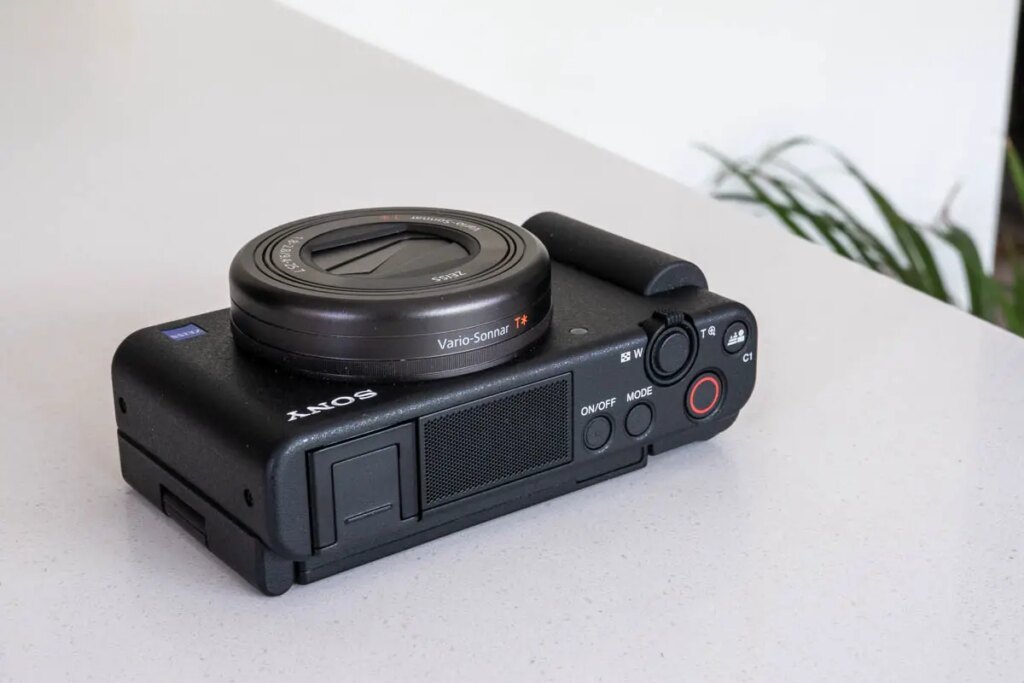
The Sony ZV-1
For the uninitiated, Sony ZV-1 is effectively a cousin of the RX100 series of Sony cameras. The RX100 cameras have been around for a fair few years now – in fact, the latest version, released in 2019, is the MK7. They all look very similar, they are very small, all have a 1” sensor and are designed to appeal to advanced photographers looking for a highly pocketable camera that takes high quality images.
The series started off with a 28-100 equivalent f/1.8-4.9 zoom lens – in fact I bought the MK1 not long after it came out and used it on and off until it started to act a little flakey some years later. The lens used on the original was replaced by a 28-70 equivalent 1.8-2.8 in the MK3 and then a slower but longer 28-200 2.8-4.5 in the MK6 and 7. Each iteration has also built on features and modes with the MK3 onward having pop-up viewfinders. They all also have increasingly good autofocus, video capability and bigger and bigger menus filled with features most of us will either never need or never understand. The MK6 and 7 also gained touch screen for autofocus point selection. And at some point in the series they also gained an articulated flip-up rear screen.
Compared to an RX100
The Sony ZV-1 is a bit of a tangent from the series which cherry picks some features from different models in the series in a bid to repackage and repurpose the camera for a different market. So for eg, it has the video and tech spec of the MK7, but has the 28-70 1.8-2.8 found on the Mk3-MK5. It also comes in a different shaped body with a more plastic outer material, a grip on the right hand side and a flip-out screen. The reason for the flip out screen is that it also has a higher quality mic on the top and comes with a tiny dead cat that would block the view of a flip up screen. It also loses the pop-up viewfinder and mode dial when compared to the RX100, but gains a hot shoe and a bigger dedicated video button on the top plate that’s easy to press with the camera pointed at the user. As I said at the beginning of this review, all these tweaks to the design make for a camera that is designed for video, or more specifically for “vlogging”.
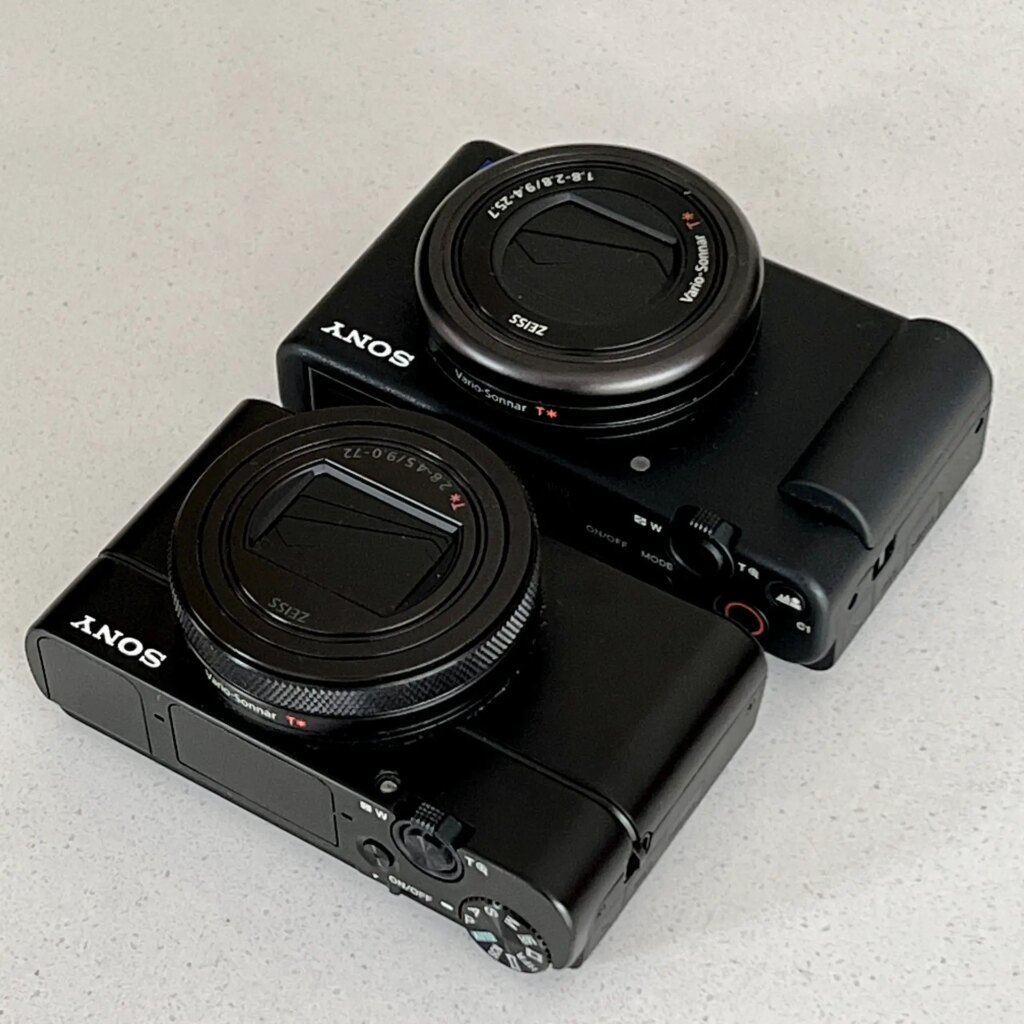
But, for all the marketing around it being a vlogger’s camera – because it has much of the guts of the RX100 series – it takes a really nice still photo too. What I personally found most interesting about the Sony ZV-1 is that thanks to some of the design decisions, rather than feeling like a very technical and advanced pocket camera for “expert” photographers like the RX100 cameras do, it actually feels more like a really nice, high quality point & shoot stills camera for people who perhaps know a little less about photography, or indeed people are less fussed about having hundreds of buttons and just want a camera that works and takes a good photo.
Simplified Design
In designing this camera, I think it’s fairly evident that Sony put some thought into the idea that many “vloggers” might not be interested in bells and whistles in terms of physical controls, but might like to use their camera for snaps. After all, there are a lot of people who vlog about a lot of subjects that aren’t anything to do with photography and video and therefore might not want lots of buttons, but instead want a camera that can just be switched on and used with little thought.
I think there’s a couple of hints to this in the design when you compare the Sony ZV-1 to the RX100 series cameras. To begin with, as mentioned, the mode dial has been removed from the top of the camera and replaced with a mode button. I suppose the thinking is that for vloggers, there’s potentially less need or desire to regularly change modes. By removing it, the camera also appears less complex.
The lack of mode dial also makes space for another feature more aimed at the folks who might know a little less about the technical sides of photography – a “background defocus” button. This is essentially a button that when pressed will use the widest possible aperture and activates a built in ND filter to help separate the subject from the background. Being next to the shutter and video buttons, this must feel like a really convenient shortcut to a certain look that vloggers desire in their videos – and, of course, works just as well in photography mode for snaps too.
Of course, this simplified and more targeted user interface belies the complexity of the camera under the hood. It definitely offers a experience that can feel more simple and is likely a little less intimidating to some users. But actually, dive into that menu and you find a highly specified camera that – like the RX100 series – has more modes and options than I’m pretty certain any one user will ever grasp the need for.
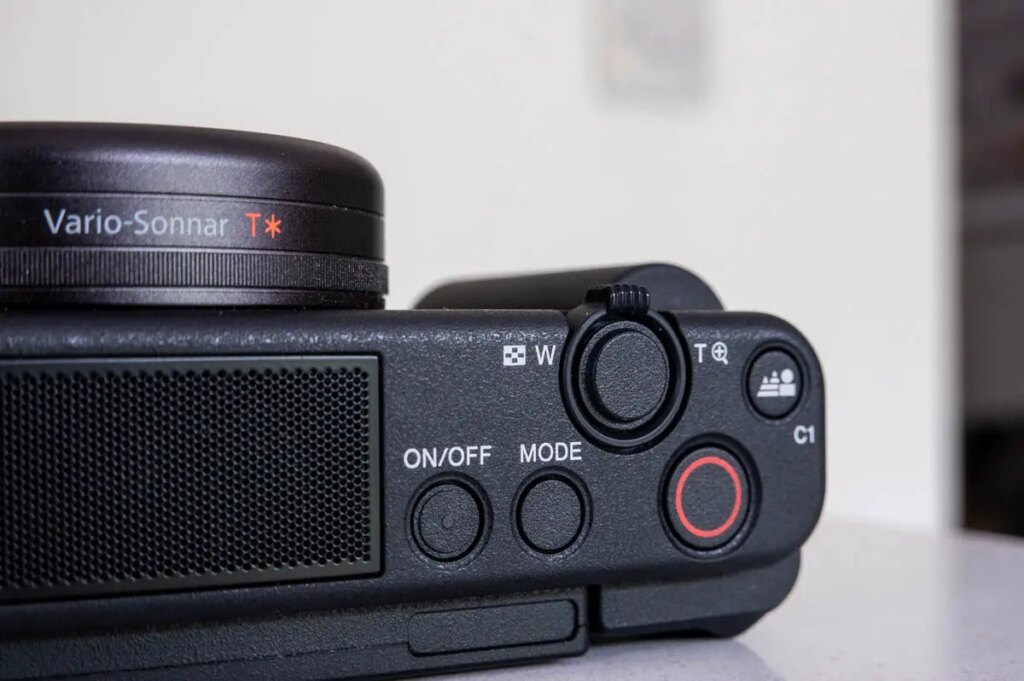
Sony ZV-1 – for my individual use case
Ok, so that’s the theory. What about the practice. Well, before I get into my experiences on holiday, I should just say that the Sony ZV-1 has now begun to earn its keep as a part of our video kit at work. We bought the Bluetooth hand grip/mini-tripod and little wireless lav mic that were offered as a package with the camera, and have been successfully using it as a little run-and-gun camera at events. We’ve also been using it for behind the scenes footage which has been useful for us and our clients.
It’s also definitely worth noting that it has pretty much all the settings we need to set the picture profile to match what we have our bigger Sonys set to, which makes for grading content to match a little easier too. In fact, though we haven’t used it much, and obviously the footage doesn’t have the same feel of our bigger full frame cameras, it hasn’t fallen over or disappointed yet. Essentially what I’m saying is that I’ve been very impressed with its capability as a small, video oriented camera.
For Family Snaps
But, I’m not really into making videos as a hobbyist photographer. All I was interested in when I took it on holiday was whether or not it would let me take snaps of my kids and surroundings without having to think very much. I was enthralled by the idea that it could offer a user experience of a more simple camera, but with the power under the hood of the later RX100 series cameras. And for the most part, that’s exactly what it did.
For a start, in use, I didn’t find the lack of mode dial that much of an issue – for the sorts of shots I want to take on holiday, I spent most of the time with the camera set to program mode (possibly aperture priority on occasion) and just snapped away. The only time I needed to deviate from this was when I was in lower light in some woods and a yurt we stayed in where I found the program mode wanted to select a lower ISO and slower shutter speed than I would have preferred. On those occasions I just switched it into manual mode. The button and dial on the back didn’t feel dramatically slower to use than a dial either – a little bit more fiddly perhaps, but not too problematic for the occasional shot.
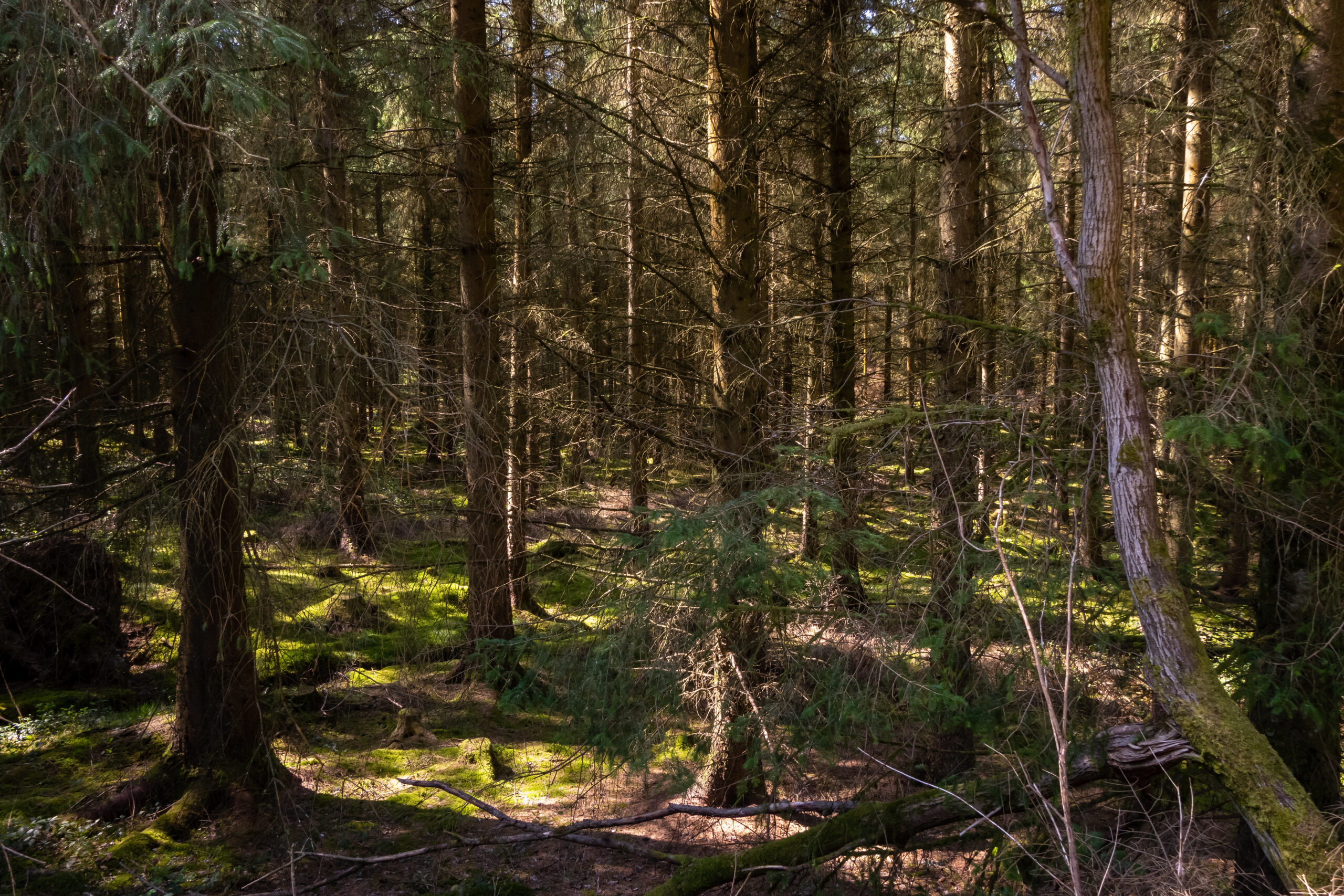
Now, I should say that being a massive snob, I turned my nose up at the “background defocus” button to begin with. I soon realised I could reprogram the button to operate as a switch for the camera’s built in ND filter to give me a little more control over chosen settings when I want to have more control over depth of field in brighter light. I ended up using like this on holiday a few times and was happy with the experience, but ultimately concluded that if I wasn’t such a snob, I could have just left it as it’s default setting and saved myself a bit of fuss.
Autofocus & Touch Screen
There were other features that worked for me too. The touch screen for picking an autofocus point is great. This is how I use my bigger Sony cameras a lot of the time too, so found it very natural. The autofocus is very quick too. I hardly had to think about focusing at all which is a big factor when a large part of what I want a little camera like this for is to take snaps of the kids.
Dynamic Range
I’ve also been really impressed with the dynamic range. In chatting to Gareth in London camera exchange in Worcester recently, I made an off the cuff comment about it having such broad dynamic range that when processing the images I didn’t really notice that much difference between it and my M10-P. It should be noted that the M10-P isn’t exactly known for having the greatest dynamic range for a modern full frame camera, but unlike many users report, I don’t find myself tripping over lost highlights that bother me that often, if ever. I found exactly the same experience with the Sony ZV-1. This was just anecdote when I mentioned it to Gareth, but I’ve since looked up the spec and found the RX100 has a maximum DR of 12.4 EV and the Leica M10-P has a maximum of 12.9. Now, I’m sure the fall-off in DR is a lot faster as you move up the ISO range in the ZV-1 than the M10-P, but, as I say, the key point here is that in use I didn’t find myself nudging up against dynamic range limitations when using the ZV-1 in the same way as I might when using an older compact digital such as the Nikon P7100.
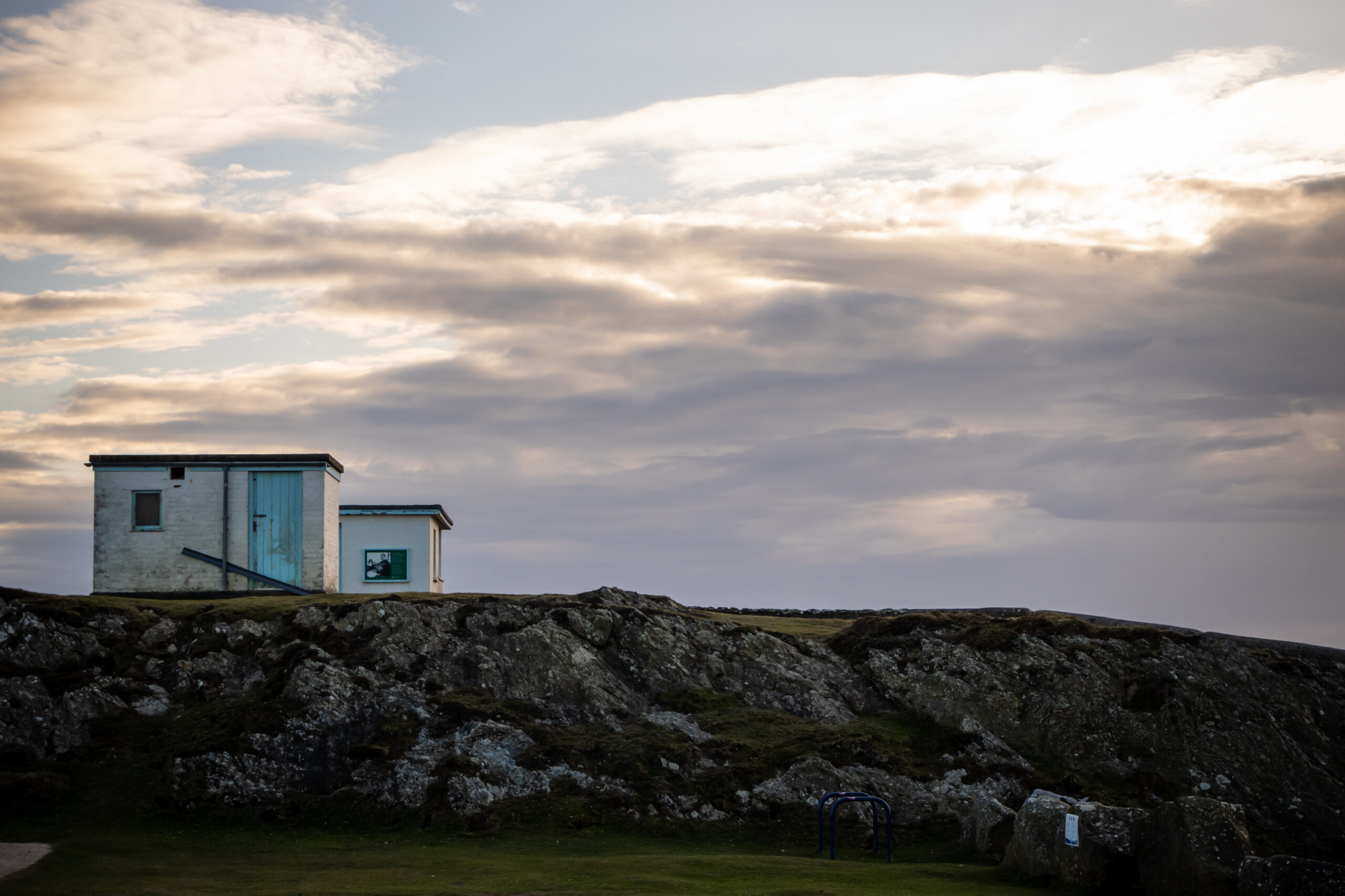
Screen & lack of VF
For these positives, there were some negatives though. Coming from using the Nikon P7100 recently, I found myself with an initial urge to bring the camera to my eye when I couldn’t see the screen in bright sunlight. Pointless, of course, as the Sony ZV-1 doesn’t have a viewfinder.
I also found the flip out screen annoying too. I much prefer a screen that can just tilt up so I can look down at it, and tilt down so I can look up. With a flip out screen, you have to pull the screen out from the camera before it allows a tilting which almost doubles the width of the Sony ZV-1 when it’s in your hand and so makes it feel a little awkward.
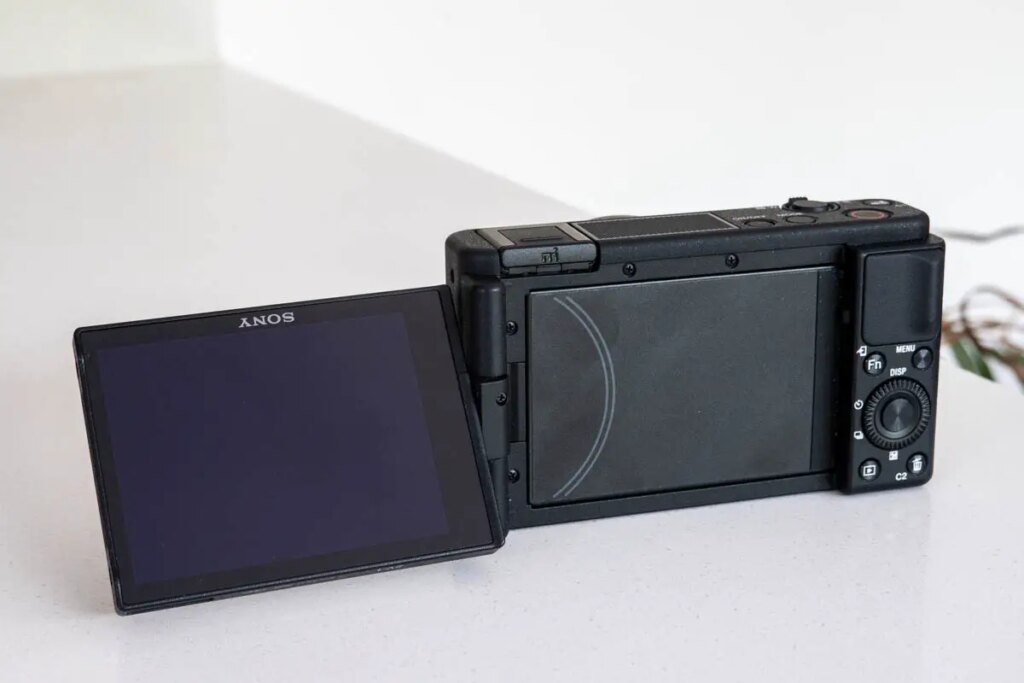
Out of focus halos and over sharp images
I have also found a slight issue with image quality – though I must admit I feel like I’m nitpicking. Firstly, I found the when I import images into Lightroom sometimes they just look too sharp. This is easy enough to remedy, I can just wind back the default sharpness that Lightroom applies. Secondly, I’ve found the when shooting shallow depth of field, sometimes I find halos on higher contrast edges. As I say, both of these are nitpicks, and only worth mentioning for completeness of my personal experiences.
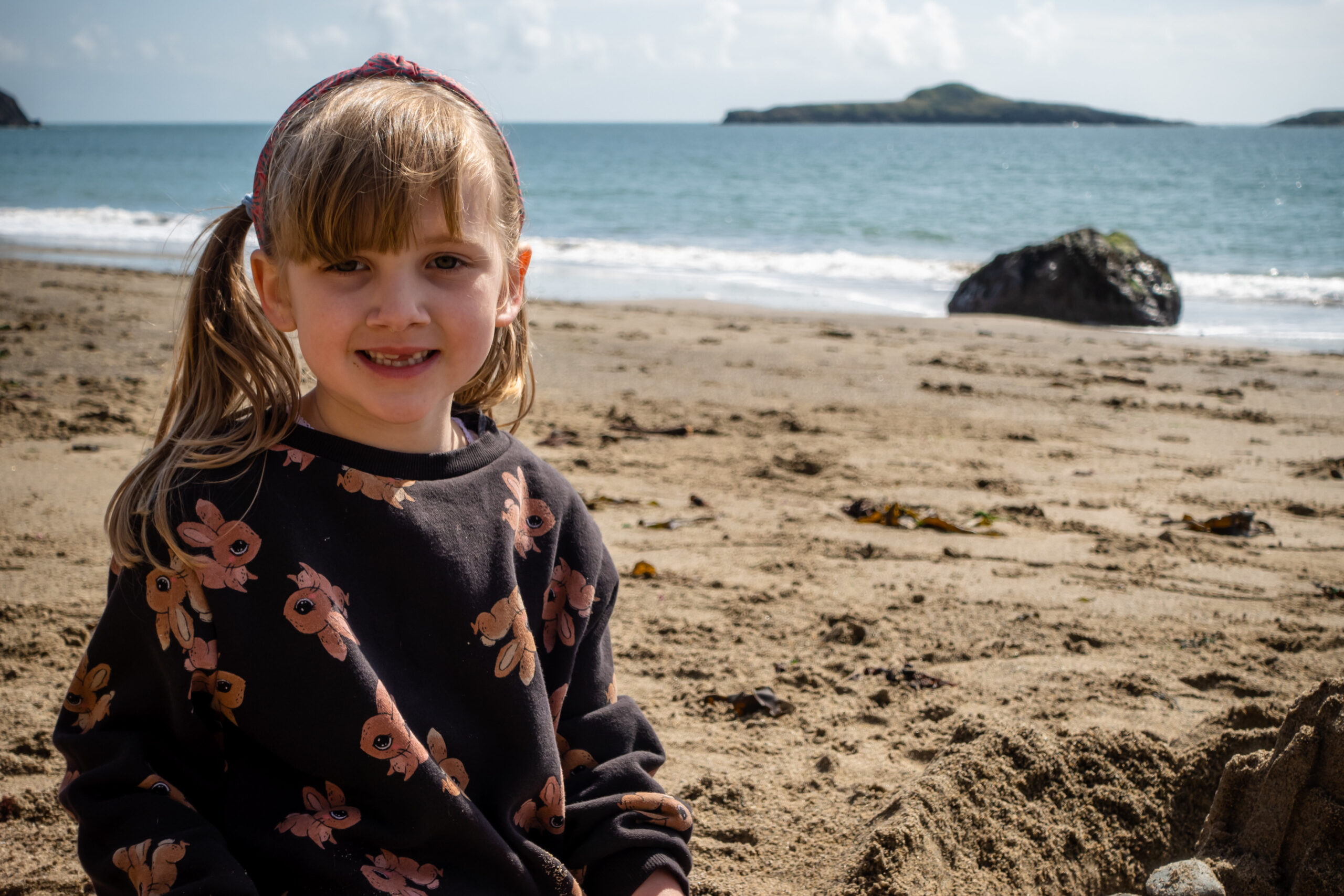
The feature packed menu
I think it’s also worth noting that the menu system on these cameras – almost all Sonys in fact – is a little bit bonkers. Being used to Sony cameras diving into the menu to change what the defocus does for example wasn’t too daunting for me. Though, as in my Sony A7iii article, I would definitely caveat that by saying if you’re coming at Sonys for the first time, you might find the opposite experience – there’s a lot to play with in that menu, and it’s not very well organised.
Zoom Range and Lens Speed
Finally, some more neutral comments – or mores specifically, comments that relate to my personal experiences rather than praise or fault in the camera itself. In fact, this is really just something I have learned shooting the Nikon P7100 and Sony ZV-1 in quick succession. My desire for lens specification in practice is different to what I thought it would be when it comes to a point and shoot digital camera.
I think I have long programmed myself to the idea that I need a little camera to be good in lower light. I think this comes from a period in my life when I was taking more photos when I was in pubs with mates. What my brain is just catching up with is the reality that actually I don’t really go to the pub much these days and the stuff I like to take photos of is more often outdoors and in day light. I therefore don’t need the advantage of a faster lens very often.
Coming from the Nikon, I also found the zoom range of the Sony being capped at 70mm a little limiting too. This really did come as a surprise, as within the rest of my photography gear, I don’t currently own any lenses beyond 135mm. That being said, there have been a number of occasions in the past where I’ve found a longer lensed point and shoot enjoyable, and I certainly found that to be the case with the Nikon.
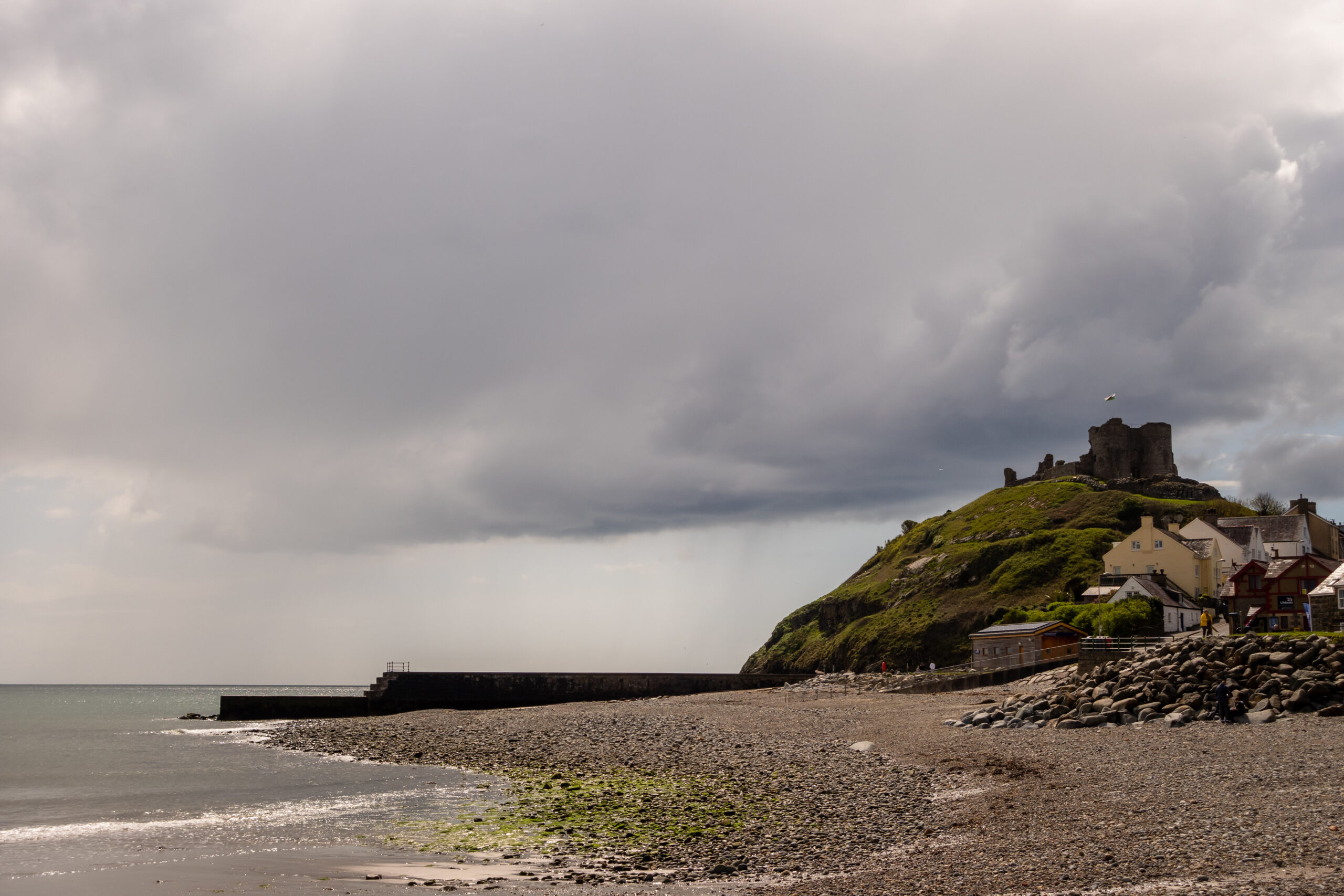
Sony ZV-1 right for me?
The positive, negative and arguably neutral factors here ultimately added up to an experience that was very enjoyable gave me great results, but definitely revealed to me what I think I really want from a camera like this.
I personally really enjoyed the simplistic user experience. I found little or no issue for the way I used the Sony ZV-1 with the lack of physical controls. The menu is nuts, for sure, but I’m used to Sony menus and actually didn’t need to get involved in it too much too often either.
The autofocus is incredible too. The combination of touch screen for focus point selection, the incredibly fast AF and broader depth of field makes for a seemingly infallible combination even when photographing my kids. I also really can’t fault the image quality, the dynamic range for such a small camera is really impressive, and the Sony lens, if anything, is too sharp. There’s just that small caveat around the halos I spotted, but aside from that I really can’t fault it.
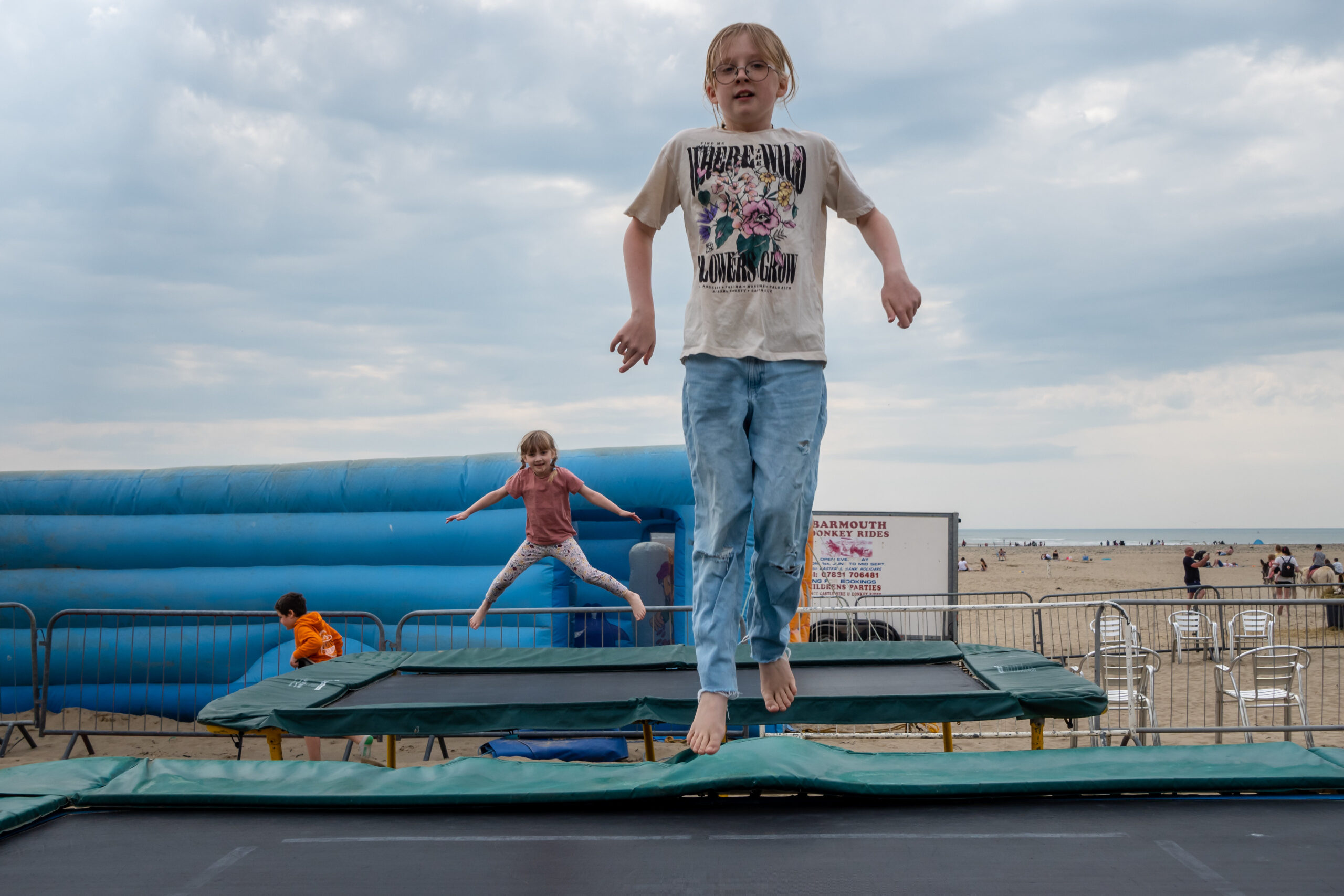
Going back to the Nikon P7100 having given the Sony to the team at work, I’ve also found myself missing the ND filter. Being able to control exposure in that way with a compact camera like these is really useful. Unfortunately though, I think I have pretty much entirely written off the idea of trying to work with a camera that doesn’t have a viewfinder. There were just too many times on holiday – despite the decent screen on the ZV-1 – that I just couldn’t frame properly because of the sun reflecting off the screen. And because of my desire for a longer lens, and my lack of need for a faster lens on almost all the occasions I would choose to shoot a camera like this has had me hankering for a longer lens.
The answer, well… I’ve buckled and bought a Sony RX100 MK7 . Pop up viewfinder, longer lens. Same awesome AF and image quality. Sounds like a winner to me. And fortunately being used to the Sony interface I won’t have any issues there either. Though, since reading more about the MK6 & 7 I’ve found out that they don’t have the built in ND filter that the ZV-1 and some of the earlier RX100s have. I guess you can’t have it all…
More Sony ZV-1 Sample Images
I should probably say here, I have edited these a fair bit. I shoot raw to give me the flexibility to do this – the camera doesn’t natively churn out images that are this contrasty. I have also added a little bit of a vignette in post.
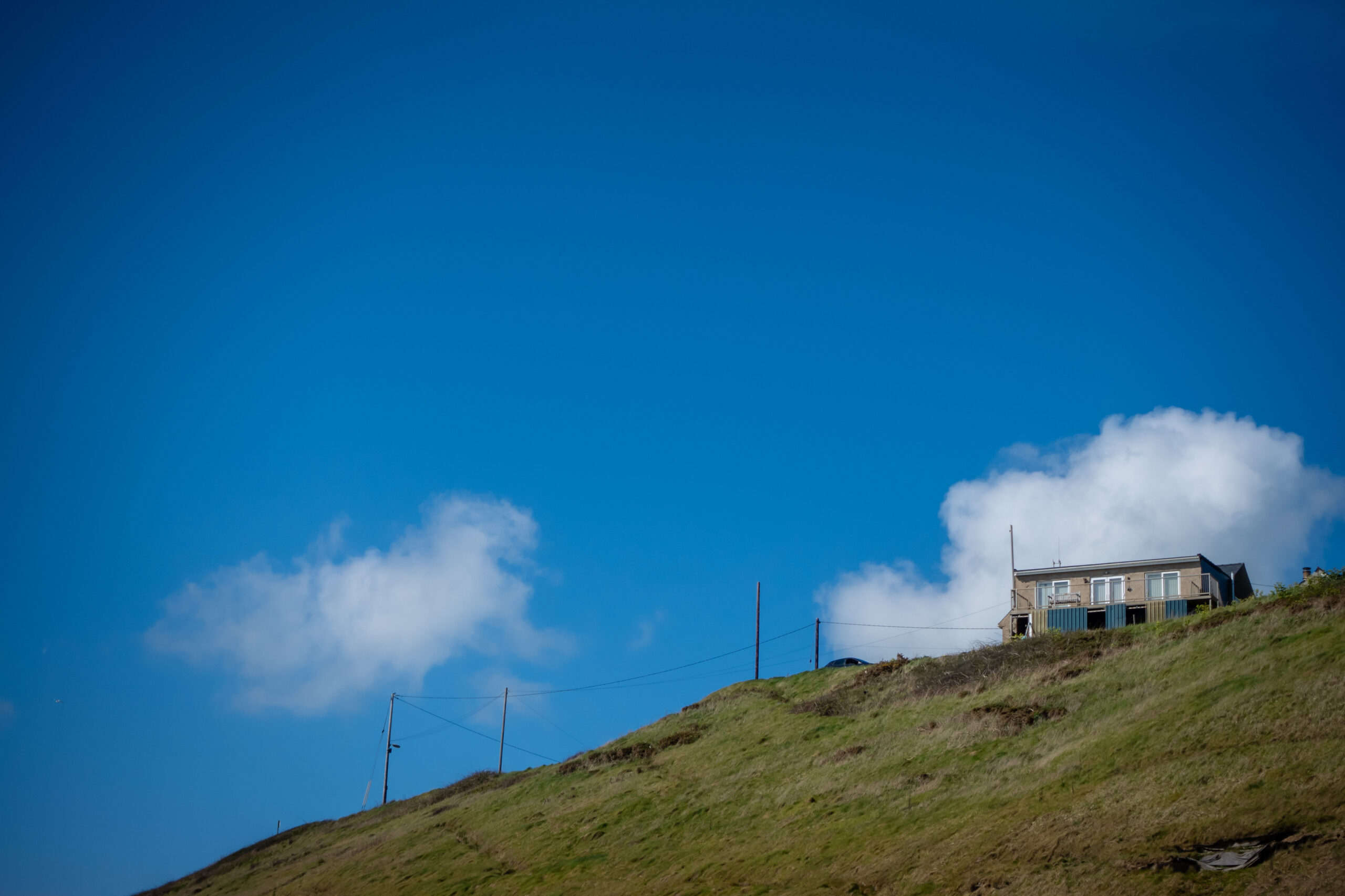
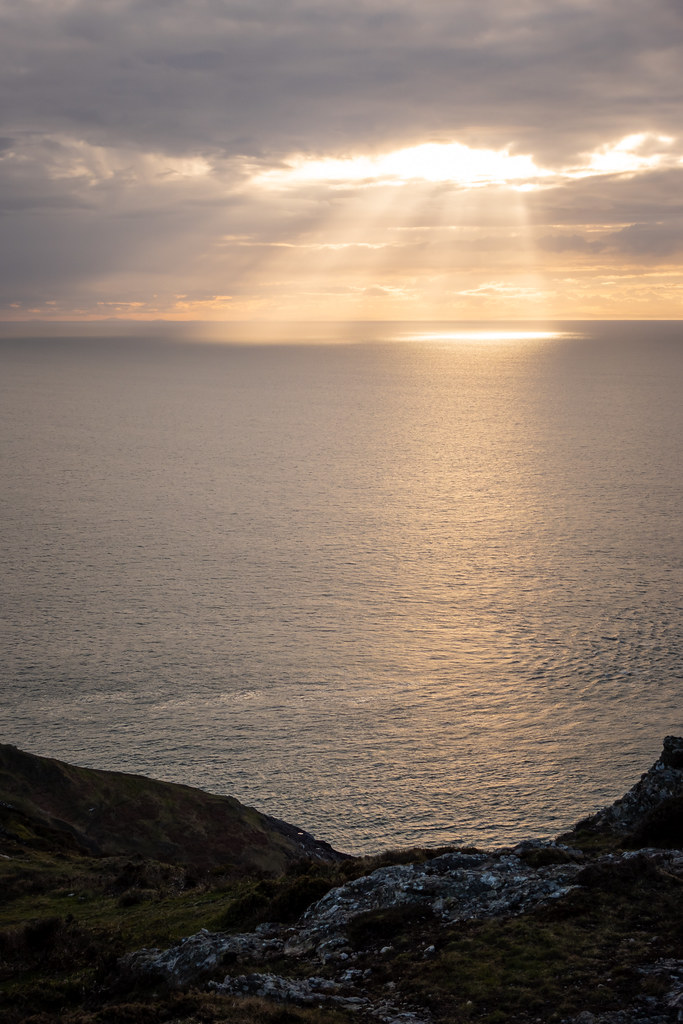
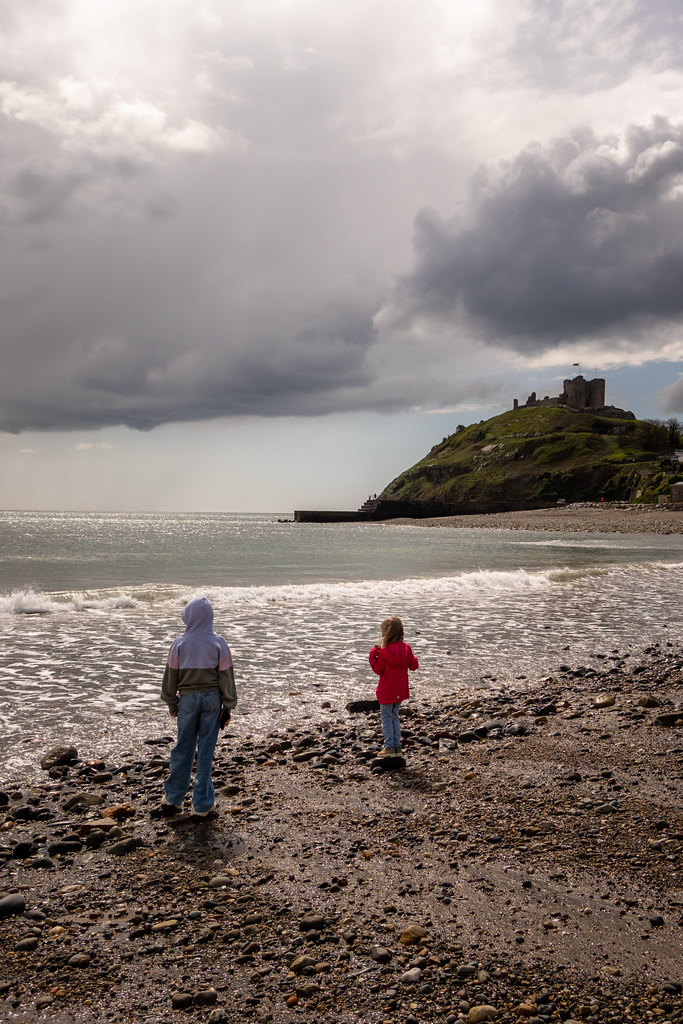
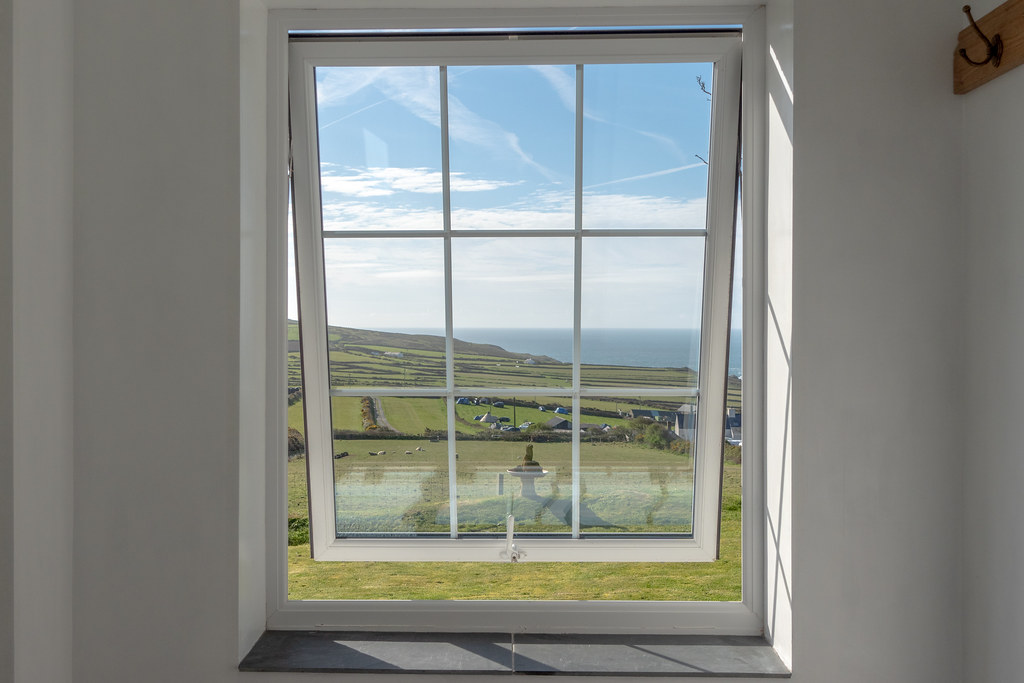
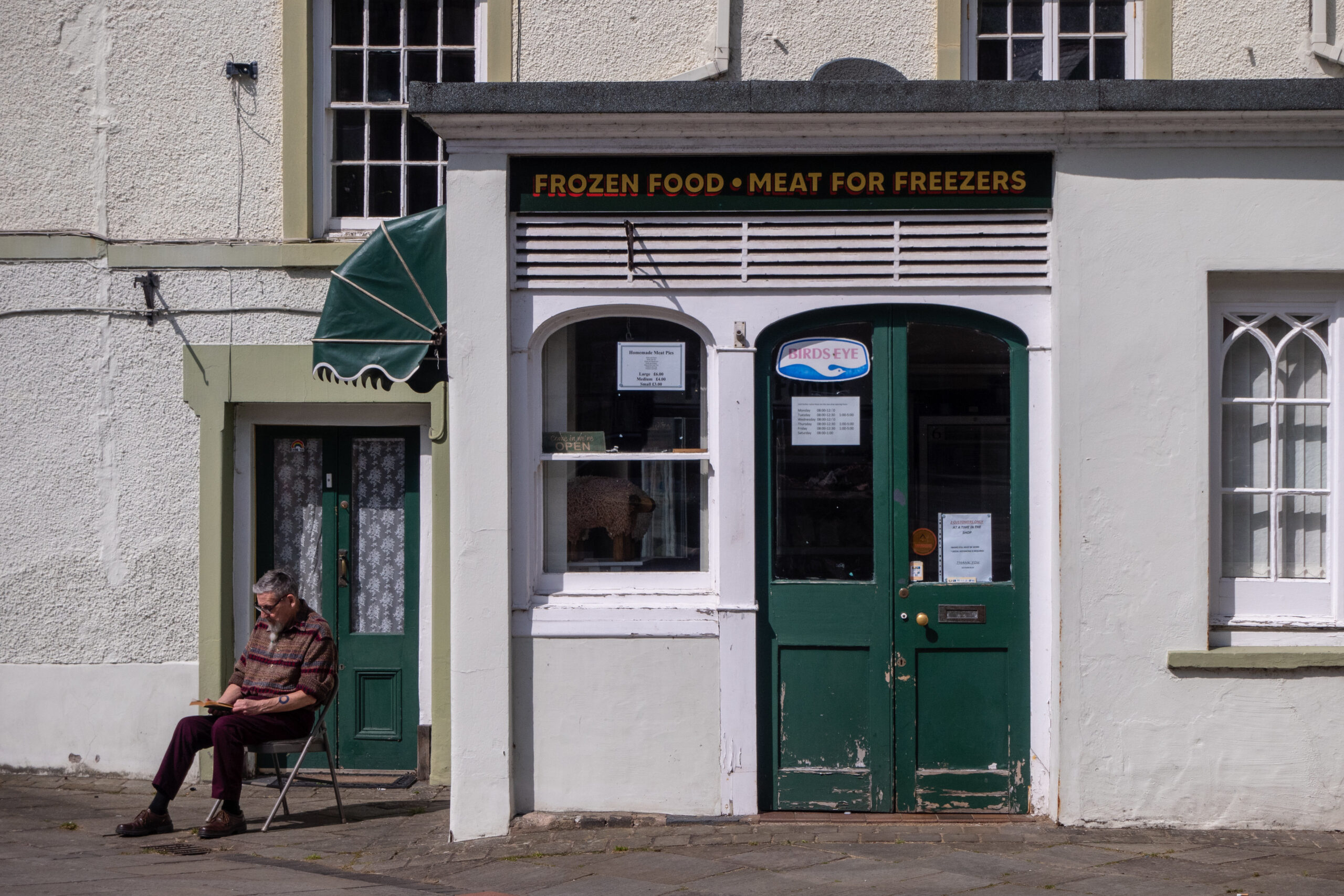
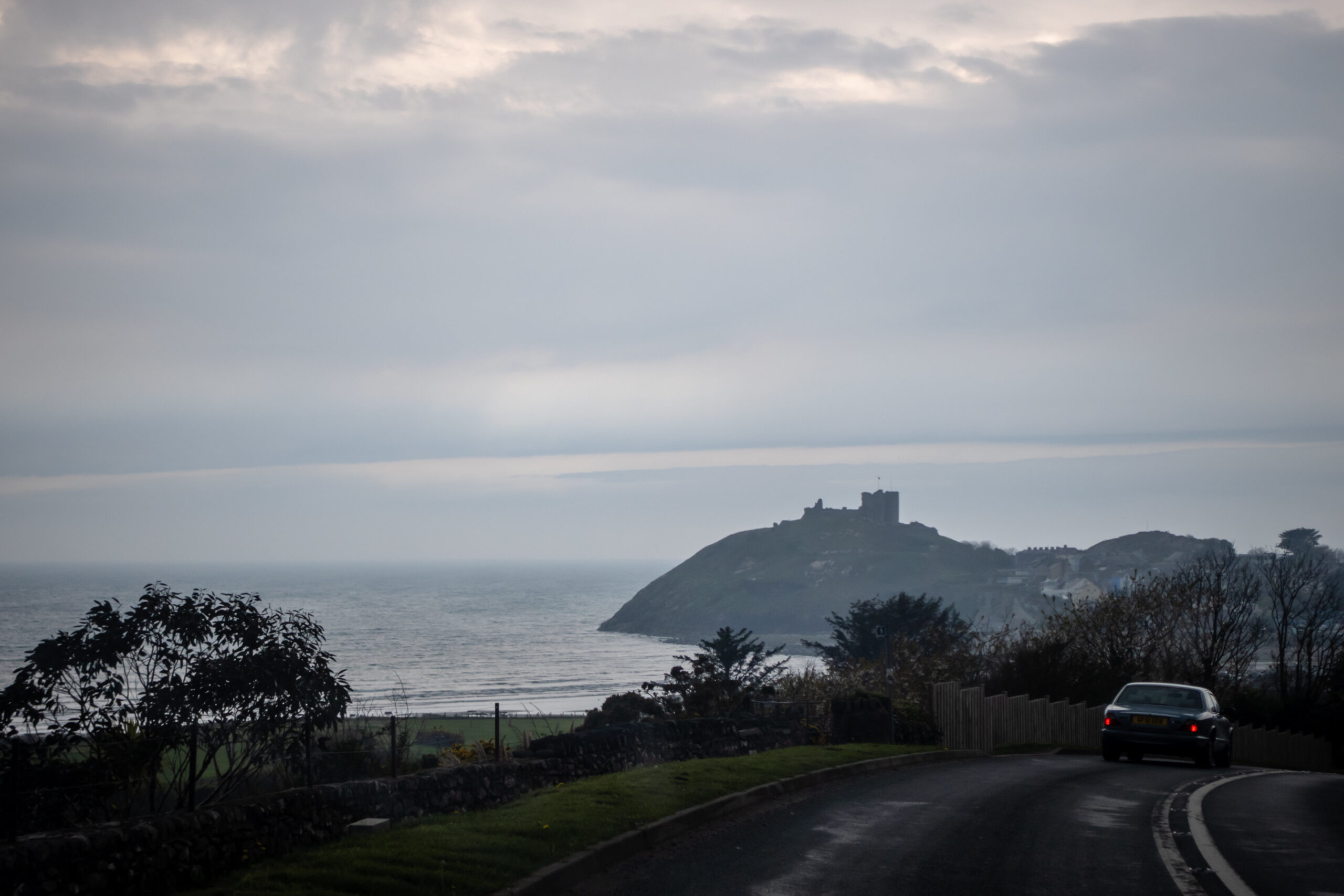
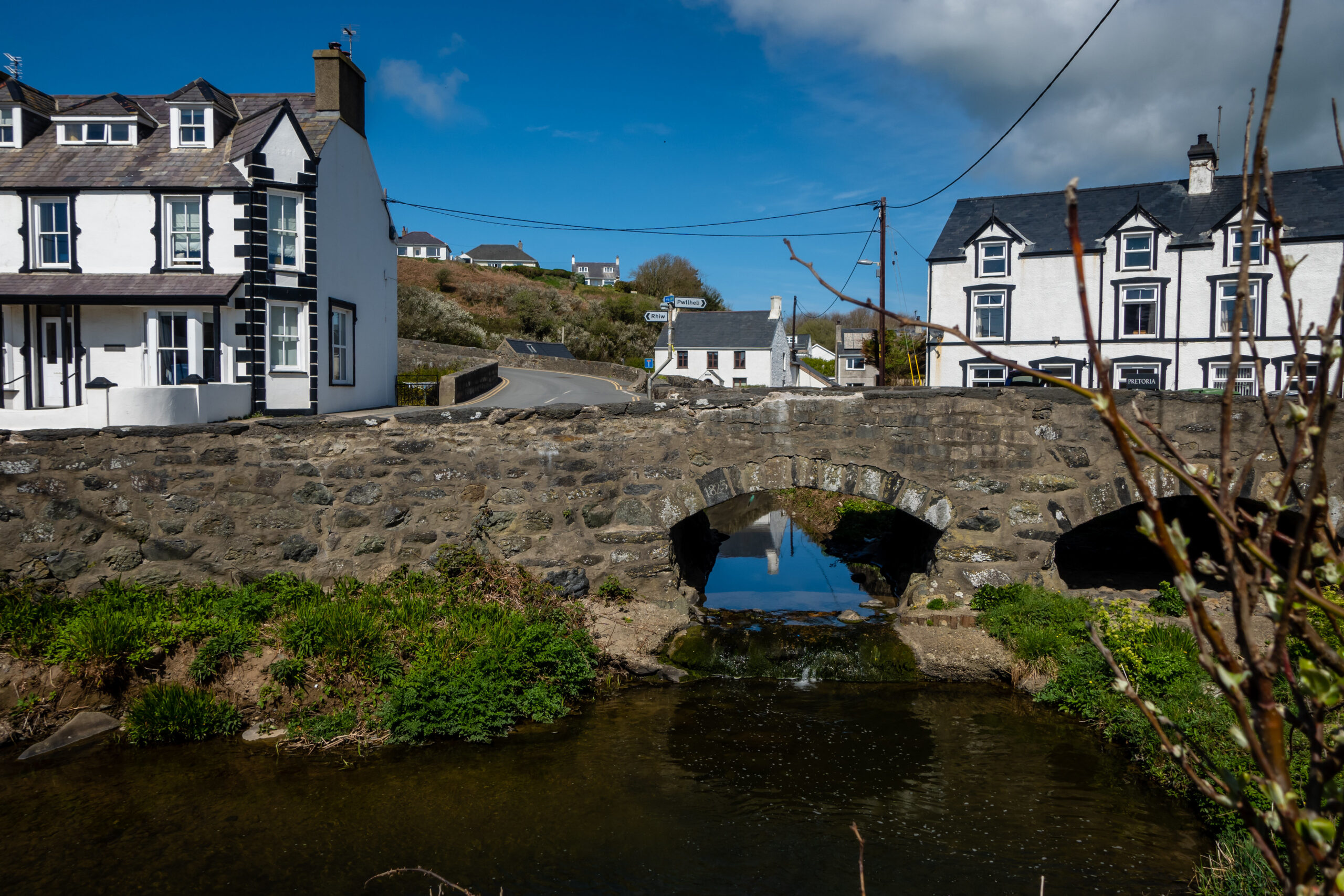
Final thoughts
Ultimately, it turns out that the Sony ZV-1 wasn’t right for me and my hobby. I suppose that’s not really a surprise seeing as I don’t currently have any desire to vlog (I’ve tried it, and I prefer making videos of me talking to other people).
Fortunately, despite this, it has dropped into the video bag at work without revealing any shortcomings so far. It’s quick, easy to use and unimposing on shoots for the sort of content we want it for. I’ll update this review if I find issues in the future, but for now we are happy.
And despite me not finding it to be ideal for me hobby, I’m happy I tried it as a point & shoot too. Shooting the Sony ZV-1 has been something of an enlightening experience… and I don’t use the word “enlightening” lightly either. Back when I started this blog, I shot a Yashica T5 and titled an article about it “…the path to enlightenment”. Intended slightly tongue in cheek, but my point was that I had felt really encouraged by an experience using a camera that allowed me to snap without thinking.
Shooting the Sony ZV-1 reminded me of that experience – in fact if anything it built on it. I was able to use this camera in a purely point & shoot way without the need to apply much thought, and still get reliably excellent results literately every time. And sometimes, more often than not these days in fact, that’s all I want or need from a camera I can fit in my pocket.
I suppose the question remains as to whether I would recommend it as a point & shoot to people who aren’t ever interested in video. What’s interesting about that question is that it’s harder to answer than you’d expect for a camera that is largely designed for that purpose. It does make a great point & shoot, and unless you go digging in the menu, the video features don’t really get in the way. For that said, ultimately, I think one of the RX100s would probably work better for most photographers – that’s certainly the conclusion I have come to. But yeah, it’s definitely surprising how good a point & shoot I’ve found the Sony ZV-1 to be, and for anyone looking to do both video and photography in a compact package, it definitely gets my recommendation.
Share this post:
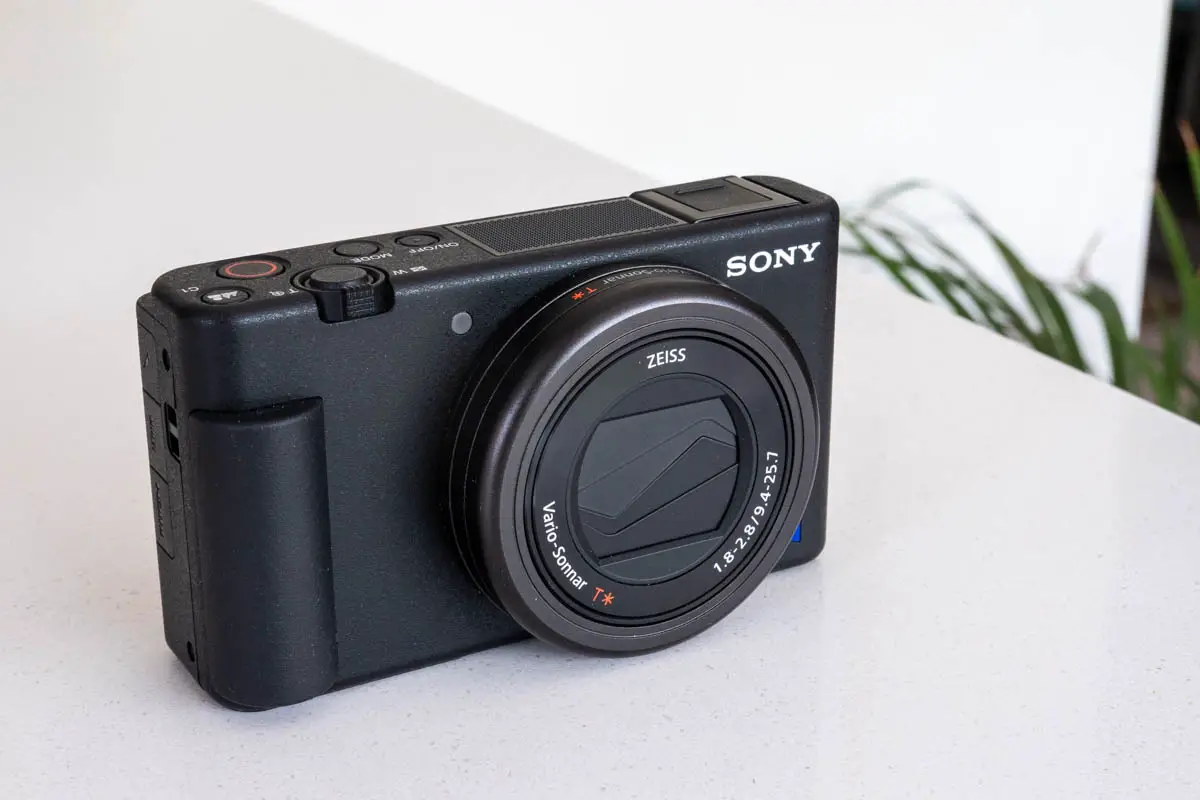








Comments
Keith on Sony ZV-1 Review – A High Quality Digital Point & Shoot?
Comment posted: 08/06/2022
As an owner of an RX100 (mk iii), I agree that Sony menus, once acclimatised to, are not the issue others suggest, and that a maximum focal length of 70mm is sometimes a bit limiting. Other than that, and the fact that it could do with a small grip to improve handling, it's a grand piece of kit which delivers good quality images. Don't know why Sony removed the built in variable ND filter on later models as it's a very useful feature.
Comment posted: 08/06/2022
davesurrey on Sony ZV-1 Review – A High Quality Digital Point & Shoot?
Comment posted: 08/06/2022
Great review though Hamish and always good to get someone else’s perspective. ;-)
When I use one of my film cameras (currently numbering 125) part of my enjoyment is having no automation, having to set it all up myself. But at other times, likes holidays or family events, I just want a camera to work and grab the moment reliably so something like the ZV1 ticks many of the boxes.
In fact after going through a few others, Canon GX7ii, Nikon Coolpix-A, Casio EX-ZR 5100 (don’t knock the Casio as they made some interesting stuff), I’ve settle on an RX100 vii due to its viewfinder, great AF, zoom range and small size.
Thanks again for an interesting read.
Comment posted: 08/06/2022
Bob Janes on Sony ZV-1 Review – A High Quality Digital Point & Shoot?
Comment posted: 08/06/2022
Comment posted: 08/06/2022
Jens Schwoon on Sony ZV-1 Review – A High Quality Digital Point & Shoot?
Comment posted: 08/06/2022
Sroyon on Sony ZV-1 Review – A High Quality Digital Point & Shoot?
Comment posted: 08/06/2022
James T on Sony ZV-1 Review – A High Quality Digital Point & Shoot?
Comment posted: 08/06/2022
For us older folks (I'm 62) it's impossible to see both the scene and the screen simultaneously (at least without my clip-on LF focussing glasses).
David Goold on Sony ZV-1 Review – A High Quality Digital Point & Shoot?
Comment posted: 08/06/2022
Comment posted: 08/06/2022
Robbie J on Sony ZV-1 Review – A High Quality Digital Point & Shoot?
Comment posted: 10/06/2022
Comment posted: 10/06/2022
Rod on Sony ZV-1 Review – A High Quality Digital Point & Shoot?
Comment posted: 11/06/2022
Comment posted: 11/06/2022
Eric on Sony ZV-1 Review – A High Quality Digital Point & Shoot?
Comment posted: 23/07/2022
Notal on Sony ZV-1 Review – A High Quality Digital Point & Shoot?
Comment posted: 15/06/2023
When you says pictures look too sharp when importing to Lightroom, is that with raw files or jpeg? How do you wind back to the defaut sharpness in that case exactly?
Comment posted: 15/06/2023
John Maher on Sony ZV-1 Review – A High Quality Digital Point & Shoot?
Comment posted: 17/06/2023
I like how you tread softly and how you tease the personal factors out from the reviewing experience. I would trust you as a reviewer. (This is the first time I've read any of your material).
Comment posted: 17/06/2023
sss facebook on Sony ZV-1 Review – A High Quality Digital Point & Shoot?
Comment posted: 24/08/2024